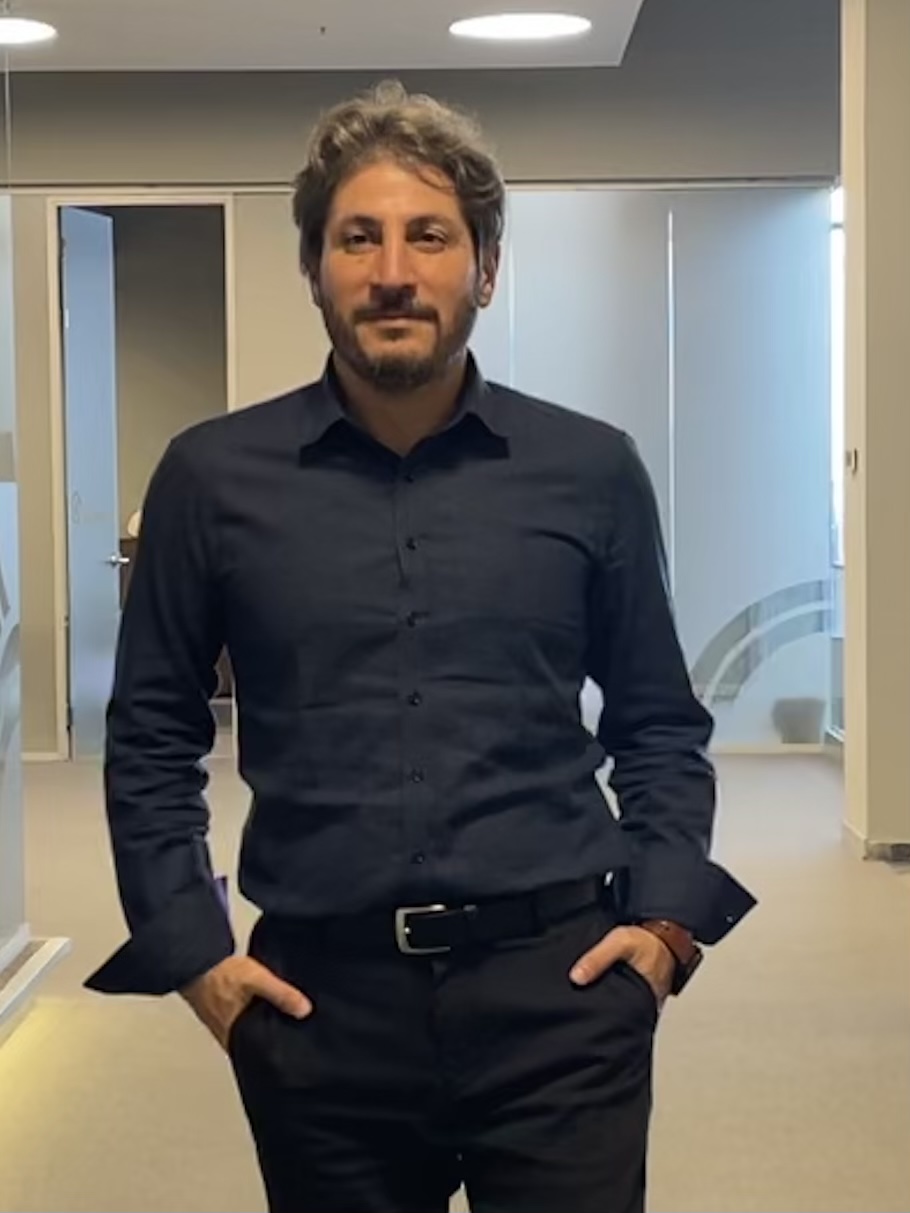
Glass is the raw material that constitutes the biggest cost after polysilicon in solar panel production… However, the logistics cost is the highest… Photovoltaic glass, which is used in thicknesses from 3.2 mm to 2 mm and below, has an investment period of 1-2 years and a production cost of 300 million dollars. It is a difficult investment that requires initial investment costs. In our country, Şişecam and Düzce Cam are flat glass manufacturers. However, Düzce Cam has not yet completed the investment required for photovoltaic glass production. Şişecam is not yet ready for tempered and AR coated glasses under 3.2 mm thickness.
The photovoltaic panel industry around the world uses glass with a thickness of 2 mm and below in double-sided panels. This means; If you want to produce double-sided (glass/glass) panels, you are dependent on abroad. Realizing the developing photovoltaic sector, companies hope to get the share they want from the foreign-dependent sector by accelerating their investments. For this, the Ministry tends to support domestic production by preparing for some restrictions. However, while supporting glass production, which is not yet ready to meet the required demand, regulations that do not cause difficulties for panel production should be introduced.
As the locomotive of the photovoltaic industry, China is naturally the leader in glass production. China is the largest player with a 75% share of the world glass market of approximately 4 billion dollars. The USA and Europe follow China with a share of 15%. AR coated glass is the largest segment with 80%…
The five largest global manufacturers in the glass industry hold 50% of the market.
These are as follows:
- Xinyi Solar
- Flat
- CSG
- Almaden
- Anci Hi Tech
- Irico
- Avic Sanxin
- Huamei Solar
- Taiwan Glass
- St. Gobain
- NSG
- AGC
Our domestic producer, Şişecam, is in 18th place.
While the glass industry is developing rapidly, the backsheet, which has been used instead of the back glass, threatens the glass. It tries to support the price and logistics advantage with life and efficiency. This competition should be carefully examined in the upcoming period. The pandemic, the supply of backsheet, polysilicon and its products, and the global trade wars affect the supply-demand balance, creating fluctuations in prices. Rising interest in renewable energy and government support forces the balance in favor of demand. Considering the long-term and costly glass production plant investments, if the backsheet does not come to the fore, an increase in prices will be inevitable.
- Log in to post comments

